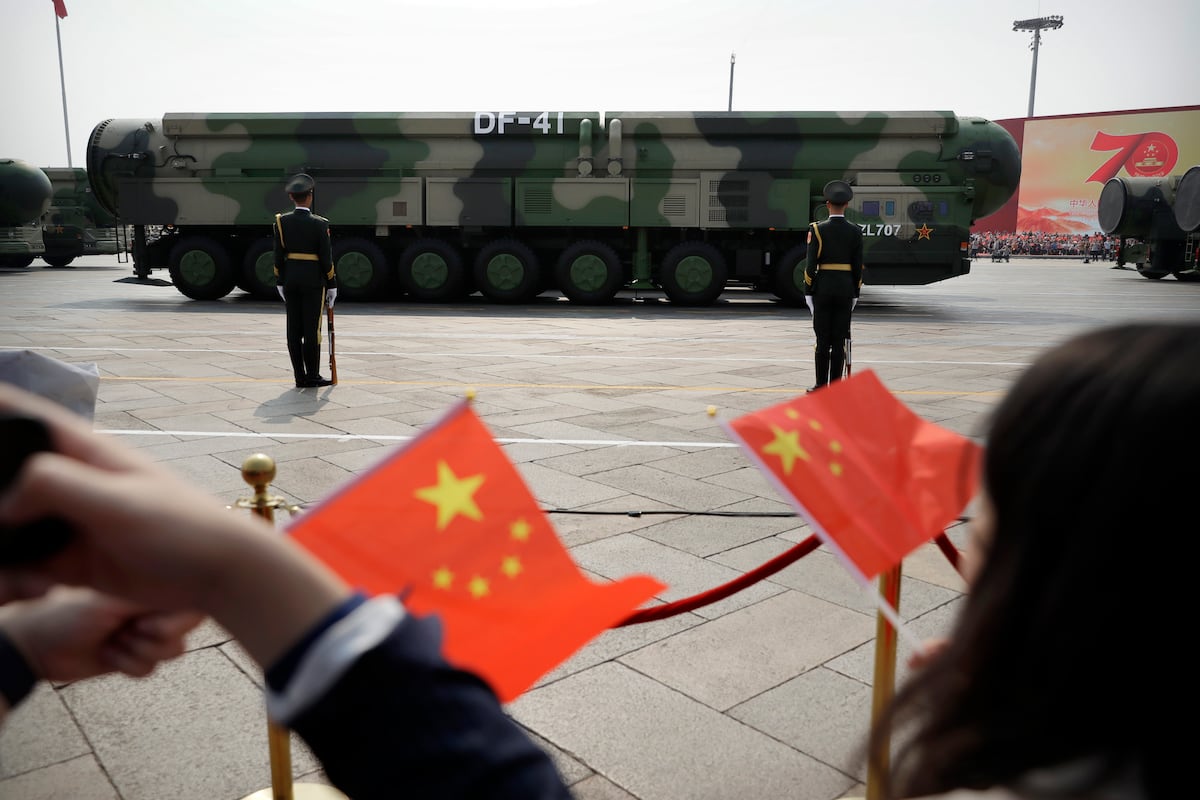Legislative Developments in Defense Employee Rights
Overview
The House recently passed the fiscal 2026 National Defense Authorization Act (NDAA), with a crucial amendment protecting civilian Department of Defense (DoD) personnel from President Trump’s executive orders that sought to reduce the collective bargaining rights of federal employees. The bill succeeded with a vote tally of 231-196.
Background on Executive Orders
In March and August, the Trump administration invoked a little-used clause of the 1978 Civil Service Reform Act to impose restrictions on union activities associated with national security concerns across substantial sectors of the federal workforce. These orders aimed to dilute the influence of labor unions by removing their collective bargaining capabilities.
Key Legislative Moves
-
The House Armed Services Committee, in a significant move, integrated a provision into H.R. 3838, the 2026 NDAA, explicitly prohibiting the allocation of fiscal 2026 resources to enact the executive order regarding the DoD’s civilian workforce.
-
Notably, in a display of cross-party collaboration, three Republican representatives aligned with their Democratic counterparts to support this amendment.
House Republican Amendments
During the recent House debates, additional amendments were proposed, including contentious provisions such as a ban on TRICARE coverage for gender-affirming healthcare services for military personnel and their families. However, the contentious collective bargaining protections were preserved, as there was no procedural vote on an amendment introduced by Representatives Bob Onder, Scott Perry, and Russ Fulcher.
Implications for Labor Relations
Union representatives interpreted the absence of a vote on Onder’s amendment as indicative of insufficient support among Republican legislators for Trump’s initiative to undermine labor unions within the federal framework.
Discharge Petition Dynamics
A discharge petition for the Protect America’s Workforce Act (H.R. 2550), which seeks to nullify Trump’s executive order entirely, is now just two signatures short of the necessary 218 members needed to compel a floor vote. This development follows a recent special election bringing in Democratic Representative James Walkishaw from Virginia.
- Such discharge petitions, while historically rare, have seen success; for instance, a bipartisan initiative last year prompted the passing of the Social Security Fairness Act.
Union Perspectives
In response to the House’s decision, Everett Kelley, National President of the American Federation of Government Employees, commended the upholding of collective bargaining rights as a vital component for enhancing the efficiency and effectiveness of federal operations.
- Kelley emphasized that federal workers have enjoyed organizational rights for over six decades, which have been progressively upheld and expanded by both Republican and Democratic administrations. He argued that restoring these rights is instrumental in supporting mission objectives within the DoD.
Matt Biggs, National President of the International Federation of Professional and Technical Engineers (IFPTE), also expressed satisfaction with the retention of bipartisan language aimed at repealing the previous executive order. He noted that such legislative backing reflects widespread support for collective bargaining among a majority of lawmakers and indicated the need to safeguard these rights during conference negotiations.
Conclusion
The House’s recent legislative actions illustrate a pivotal moment in federal labor relations, particularly concerning the collective bargaining rights of defense civilian employees. As discussions advance, stakeholders will closely monitor these developments to understand their implications for workforce dynamics and operational efficiency within the Department of Defense.





